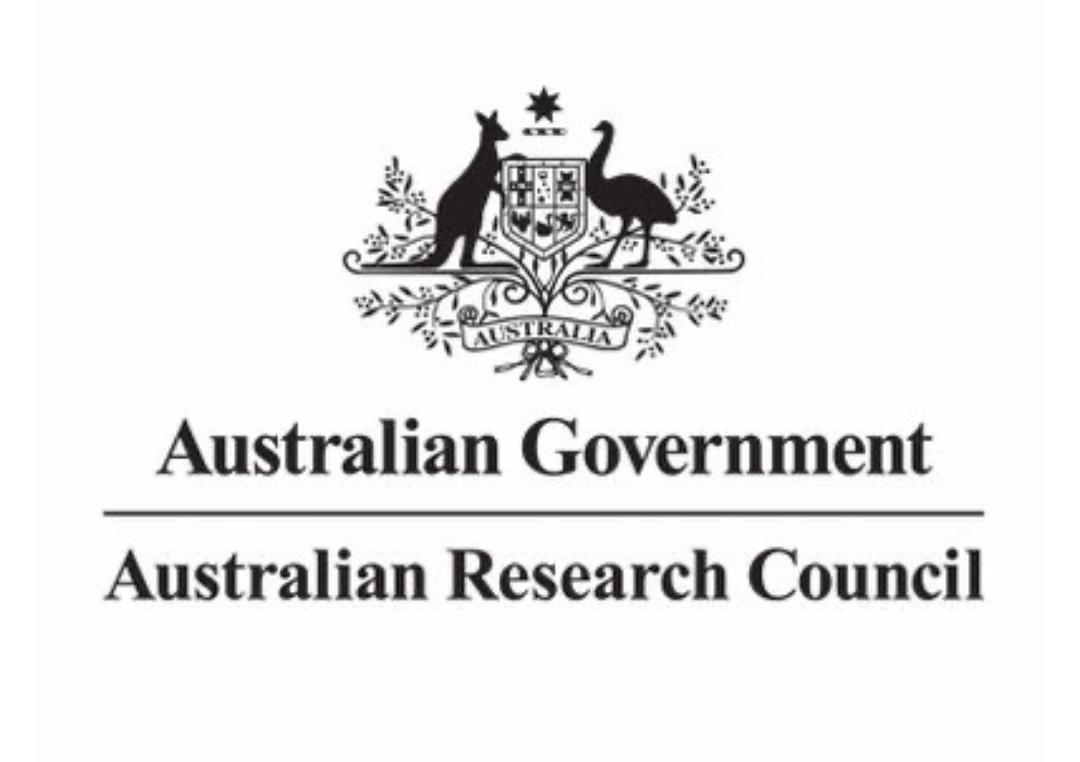Obligate Ant-Associated Macaranga bancana is Better Protected from Herbivory Than Facultative Ant-Associated Macaranga tanarius
DOI:
https://doi.org/10.51200/jtbc.v20i.4640Keywords:
Facultative, Phytophagous Insects, Herbivores, M. bancana, M. tanarius, ObligateAbstract
Protective mutualism between ant and Macaranga plants are complex between-species interactions found only in the tropical environment. In such interactions, plants provide housing structures (in the form of domatia) and food (in the form of food bodies) to their ant symbionts. In return, the ants protect their Macaranga plant hosts against herbivore attacks. Macaranga ant protective mutualism is manifested in a wide range of interactions, from facultative to obligate. In facultative interactions, Macaranga plants attract predatory ants to the plant via food rewards. In return, foraging ants may opportunistically provide protection from insect herbivores. In obligate interactions, plants provide shelter and food rewards to permanent ant partners. We hypothesize that in obligate Macaranga, the host is better protected because of the permanent presence of its resident ant partners, whereas in facultative Macaranga, the defense against insect herbivores may be less efficient depending on the attractiveness of the food rewards and the aggressiveness of the ant species in the plant’s vicinity. In this study, we compare herbivory damage and phytophagous insect herbivore types between a facultative ant-plant M. tanarius and an obligate anti-plant M. bancana. This study further highlights that co-evolved ant partners are more efficient in defending their host plants against phytophagous insect herbivores than facultative ant-plant interactions.
Downloads
Published
How to Cite
Issue
Section
License
BY: credit must be given to the creator.
NC: Only noncommercial uses of the work are permitted.
This journal provides open access to its content under CC BY-NC 4.0 on the principle that making research freely available to the public supports greater international collaboration and information exchange.












